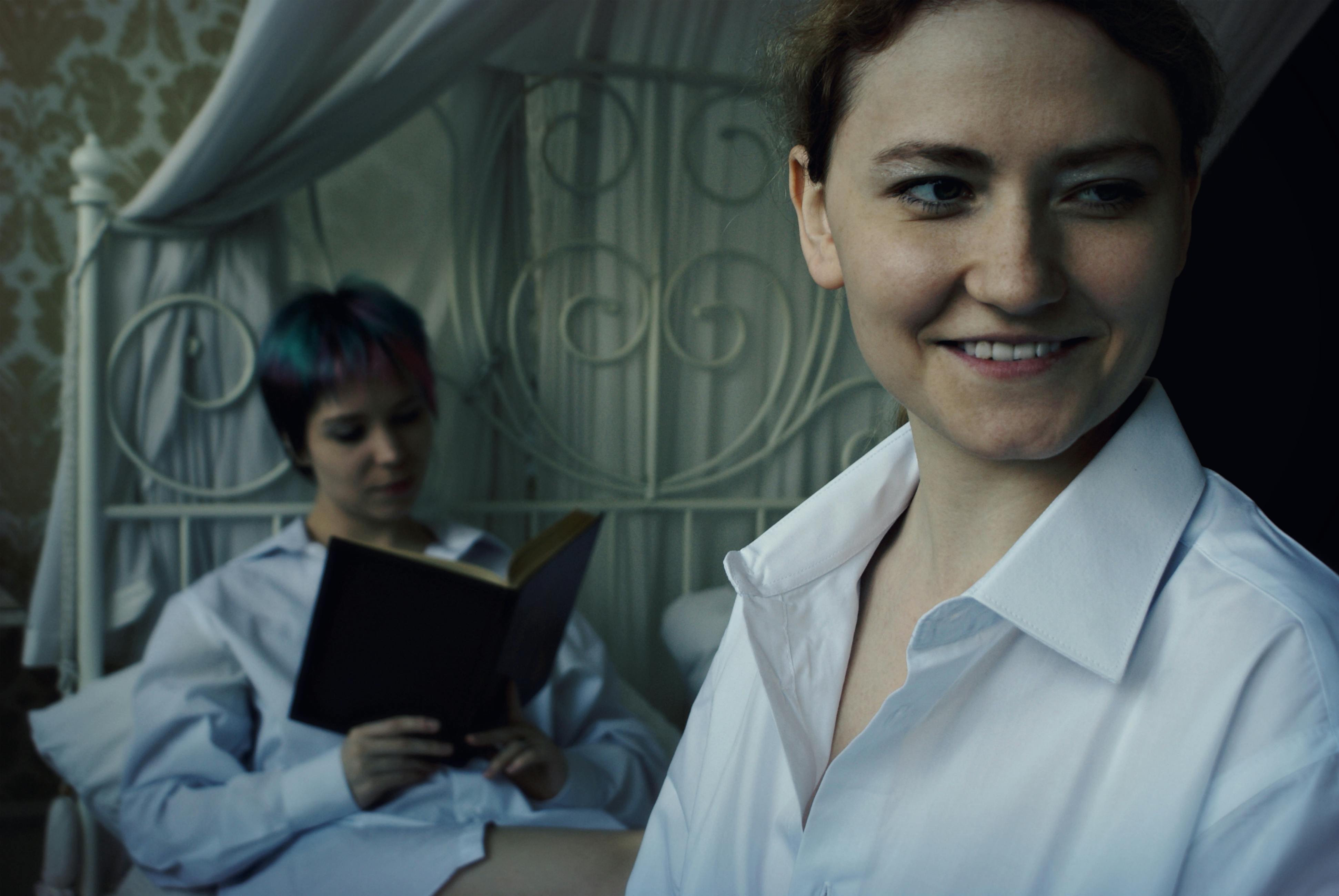Have you ever wondered what motivates thoughts and behaviors in children? Our understanding of human nature and child development is continually advancing, but all children are different and no one has all the answers. However, some well-known theories can provide useful information about early development that will help you take better care of children.
During our early years from infancy to childhood, we develop the foundation of our intelligence, personality, social behavior, and ability to learn. Four theories are worth reviewing including attachment, psychosocial, cognitive development, and sociocultural theory.
1. Attachment Theory (Bowlby): This theory focuses on strong emotional and physical bonds that create a sense of security in a child. Bonds are made with caregivers who are available and responsive to a baby’s needs. Thus, the infant knows that the caregiver is dependent, which creates a secure base for the infant to explore her environment.
Example: Six-month-old Jordan enjoys childhood toys and interacting with others. Certain that crying brings help, Jordan responds to anyone and gets upset when someone stops interacting with him.
2. Psychosocial Development Theory (Erikson): In this theory, social development occurs in stages based on turning points in a person’s life that include hope (from birth to age 2), will (2-4 years ), purpose (4-5 years), competence (5-12 years), fidelity (13-19 years), love (20-39 years), care (40-64 years), and wisdom (65 years onwards).
Example: Two-year-old Jennifer recently started squirming and saying “no” when her babysitter tries to secure her in the car seat. Jennifer has begun to develop a sense of self, separate from her caregivers. Her babysitter must constantly set limits and comply with Jennifer, to keep her safe while she rides in the car. The babysitter can increase Jennifer’s willingness to comply by providing specific praise as well as allowing Jennifer to choose a special toy to hold each time she sits in the car seat without resistance. Selecting her own clothes will also help Jennifer gain more independence.
3. Cognitive development theory (Piaget): This theory is based on a four-stage model that describes how the mind processes new information. The stages are sensorimotor (birth to 2 years), preoperational (2 to 7 years), concrete operational (7 to 11 years), and formal operations (12 years and older).
Example: Five-year-old Zachary is still self-centered and has difficulty seeing others’ perspectives, but he is beginning to think symbolically and use words to represent objects. Zachary loves to read and is building a language base. At this stage, caregivers should continue to read books daily, encourage pretend play, and share logical thinking. By explaining that it is winter at Grandma’s house and therefore a coat is needed, he will help Zachary, who lives in Texas, understand why he is packing a coat.
4. Sociocultural theory (Vygotsky): This theory of development evolves from children’s interactions with tools and other people in their social environment. Community, culture, and interactions are key to children’s development and learning.
Example: Seven-year-old Alex is struggling to solve a puzzle. By interacting with an adult, Alex learns to separate the edge pieces, put the edge together, and sort the interior pieces by color or pattern. By working with an adult, Alex develops skills that can be applied to future puzzles.
There are other childhood theories that can help parents and other caregivers by teaching them to have more enjoyable time with their child, reinforce positive skills, monitor behavior and set limits, and reduce the use of harsh disciplinary methods. These essential caregiving skills help children develop prosocial behavior, self-regulation, and other skills they need to be successful at school and at home.



